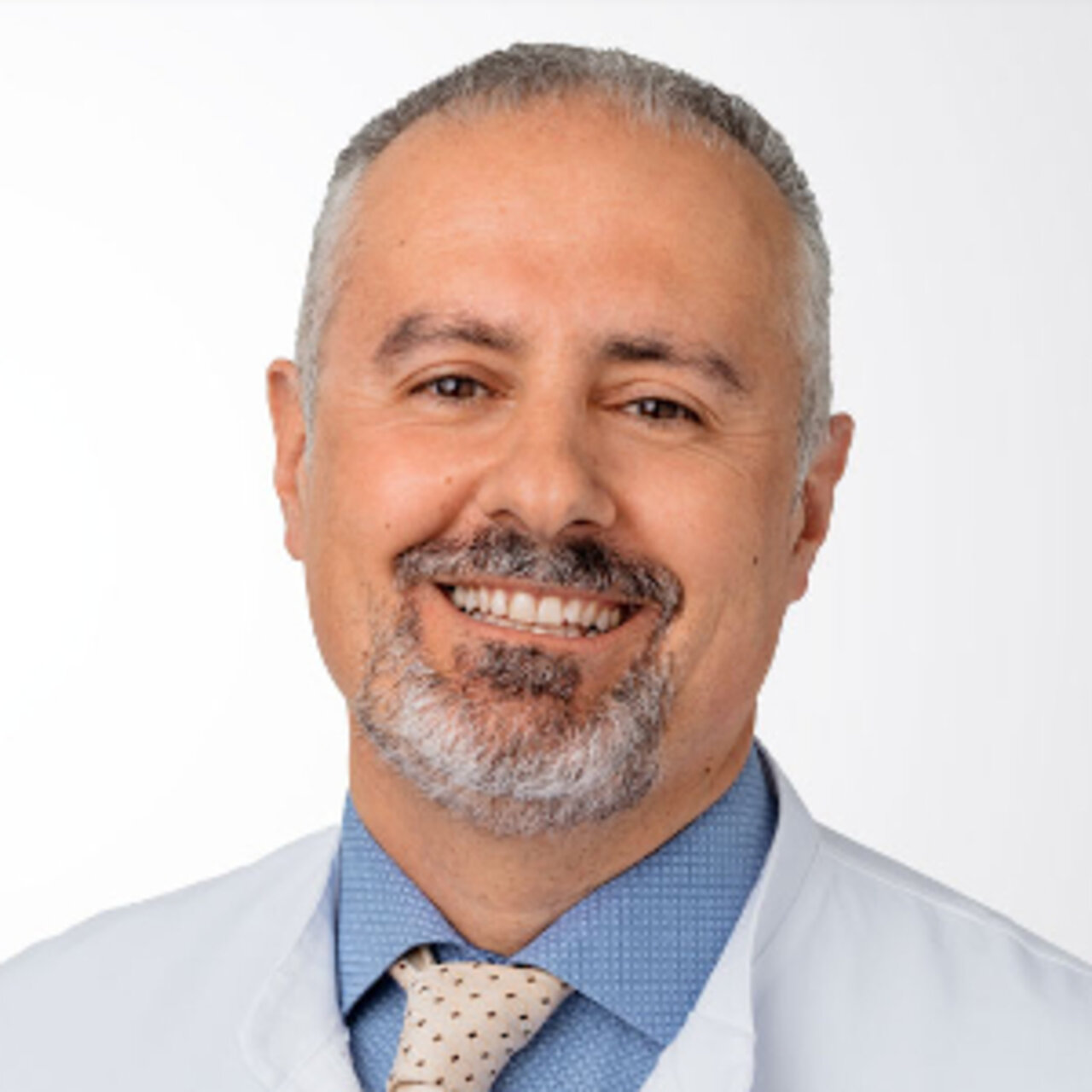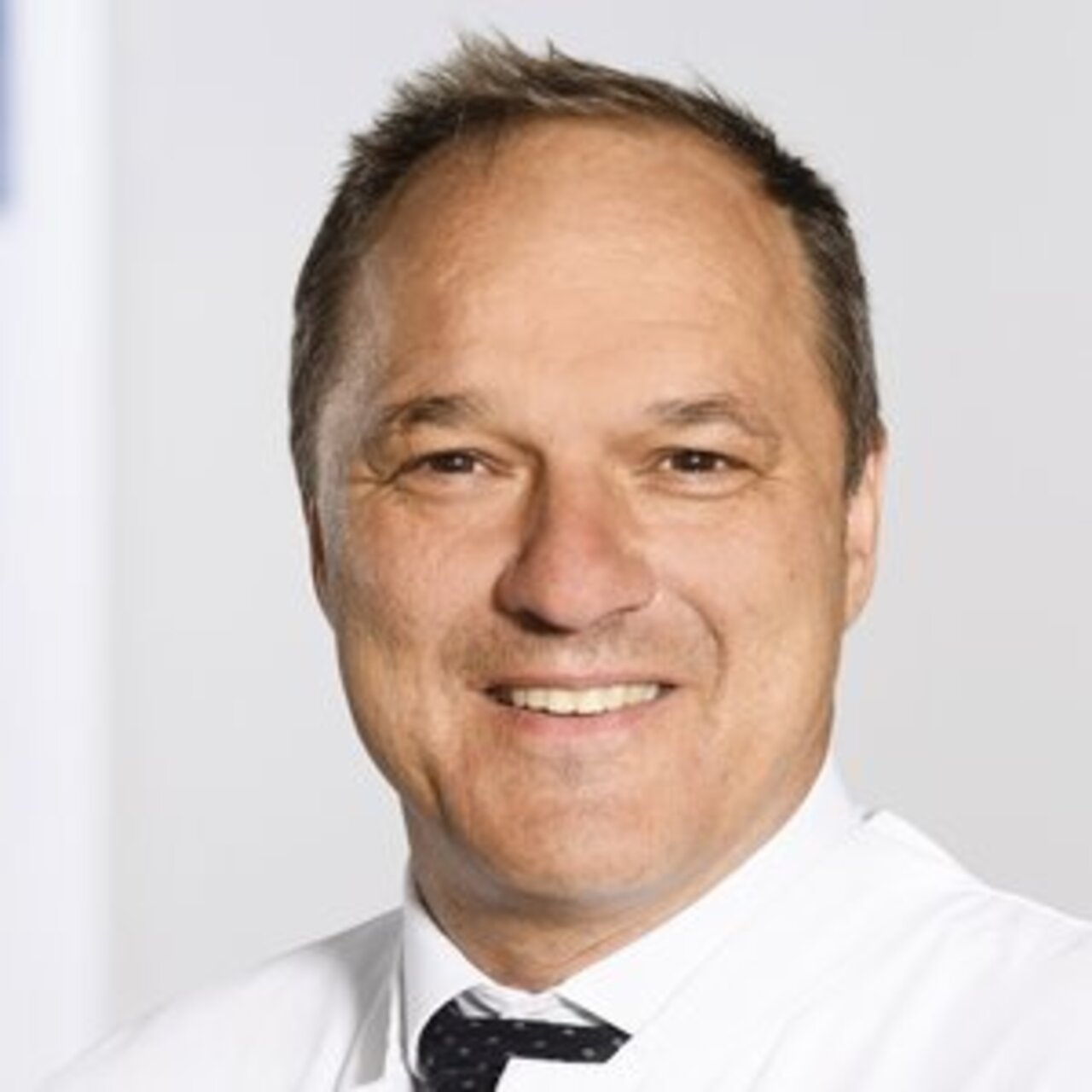Specialists in Spondylolisthesis
16 Specialists found
Information About the Field of Spondylolisthesis
What Is Spondylolisthesis?
Spondylolisthesis refers to a displacement of two adjacent vertebras in the spine. In most cases, the upper vertebra slips forward. The most common form of this so-called spondylolisthesis is degenerative spondylolisthesis.
How Do Sliding Vertebras Develop?
Degenerative spondylolisthesis occurs due to natural degeneration in the components of the spine and is part of the normal aging process in humans. Vertebral connections can become loose, primarily due to wear and tear on the intervertebral discs. This process is accelerated when the back muscles are weak and unable to stabilize the spine.
In most cases, spondylarthritis, i.e., wear of the vertebral bodies in the affected segment of the spine, develops as a result of spondylolisthesis. Due to the slippage of the small joints between the vertebral bodies in the context of osteoarthritis, a narrowing of the spinal canal is often the consequence.
Slipped Vertebra Symptoms
Initially, patients experience back pain when standing or walking, which can be alleviated by sitting down or lying down. However, the pain may spread to the arms or legs as the condition progresses. This pain can be relieved by bending forward, which widens the spinal canal in which the affected nerves are pinched. As a result, the spine's mobility is restricted; it feels stiff to patients. In addition to the pain and restricted movement, there may also be movement disorders and sensory disturbances. These include numbness, tingling, loss of control over bladder function, sexual dysfunction, involuntary muscle twitching, and paralysis. The severity of symptoms is highly individual, and as a result, nearly half of those affected remain symptom-free.
Spondylolisthesis Therapy
The first attempt is conservative therapy. The goal is to strengthen the back muscles for better stability by compensating the bony hypermobility. In patients with symptoms of nerve entrapment, e.g., numbness, the exit point of the nerves can be infiltrated under X-ray monitoring. In severe forms, surgery must be considered to stabilize the spine in its original condition with a screw and plate implants. For this purpose, affected vertebras are returned to their position and stiffened with adjacent vertebras. This surgical technique is generally referred to as spinal fusion.
Spondylolisthesis Surgery: Yes or No?
When is it time for surgery? Patients should discuss this question in detail with their treating physician. If conservative measures have not been effective, i.e., have not alleviated the symptoms to a sufficient extent, surgery should be considered. This is the case with:
- Nerve disorders, sensory or motor
- Severe low back pain
- Increase in sliding vertebras in the radiological image
- Intensification of symptoms
Risks of a Surgery
Spinal fusion connects adjacent vertebras. This can limit the mobility of the spine. As with any surgery, postoperative bleeding and wound healing problems may occur. The risks of anesthesia should also be considered, as the surgery takes place under general anesthesia. In addition, postoperative pain from the procedure must be managed. In the specific case of spinal fusion, loosening of a screw or plate may occur, requiring a repeated procedure. Complications such as paralysis or infection are also possible, although infrequent.
The Course of Disease After Spondylolisthesis Surgery
A hospital stay of 4-7 days after surgery is recommended. Afterward, the back must be immobilized for six to twelve weeks. This is the only way to allow the implants to grow in and ensure good spine stability. Rehabilitation can be started subsequently, primarily to strengthen the back muscles.
Which Doctors and Clinics Are Specialized in Sliding Vertebra Surgery?
Patients can obtain information regarding their treatment methods for sliding vertebras in clinics for orthopedics and trauma surgery. If surgery is necessary, it will be carried out by orthopedic and trauma surgery specialists who have advanced training in spine surgery. These specialists also provide follow-up care. For rehabilitation measures, patients can turn to rehabilitation centers after the surgery.
We will help you find an expert for your condition. All listed physicians and clinics have been reviewed by us for their outstanding specialization in spondylolisthesis and are awaiting your inquiry or treatment request.
Sources:
- Imhoff et al.: Checkliste Orthopädie. 3.. Auflage. Thieme 2014, ISBN 978-3-131-42283-5.
- Niethard et al.: Duale Reihe Orthopädie und Unfallchirurgie. 7. Auflage. Thieme 2014, ISBN 978-3-131-30817-7.
- Awad, Moskovich: Lumbar Disc Herniations. In: Clinical Orthopaedics and Related Research . Band 443, 2006, doi: 10.1097/01.blo.0000198724.54891.3a, S. 183–197.
- Glocker et al.: S2k-Leitlinie Lumbale Radikulopathie . Deutsche Gesellschaft für Neurologie (DGN). Stand Januar 2018. Abgerufen am 13.04.2018.
- NVL-Programm von BÄK, KBV, AWMF: S3-Leitlinie Kreuzschmerz(Nationale Versorgungsleitlinie) . NVL-Programm von BÄK, KBV, AWMF. Stand Dezember 2016. Abgerufen am 14.14.2018.
- Wirth et al.: Facharztprüfung Orthopädie und Unfallchirurgie, 1000 kommentierte Prüfungsfragen . 2. Auflage. Thieme 2013, ISBN 978-3-131-40652-1.
- Grifka, Krämer: Orthopädie Unfallchirurgie . 9. Auflage. Springer 2013, ISBN 978-3-642-28875-3.















